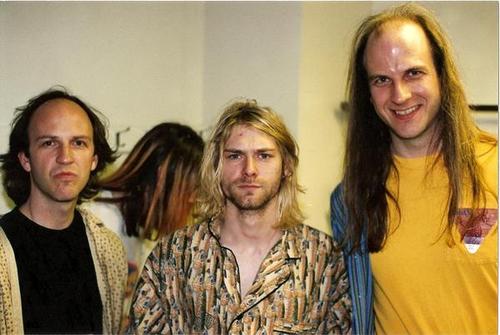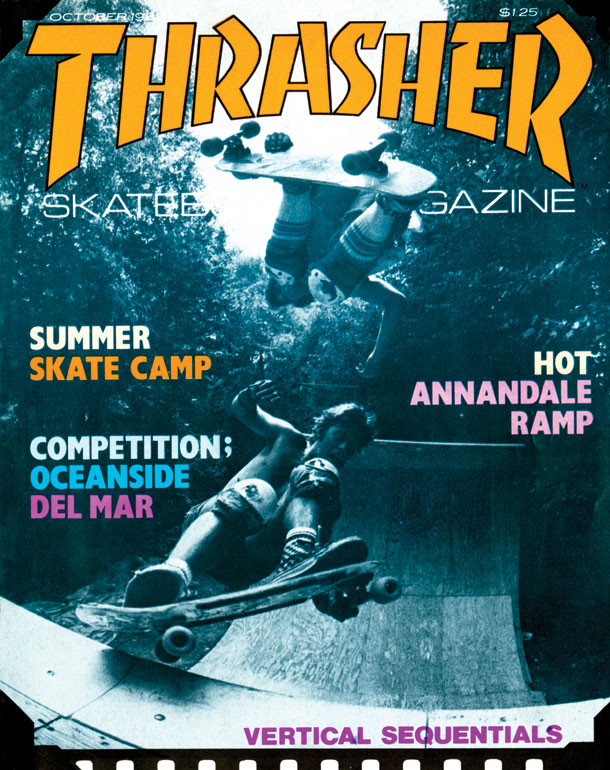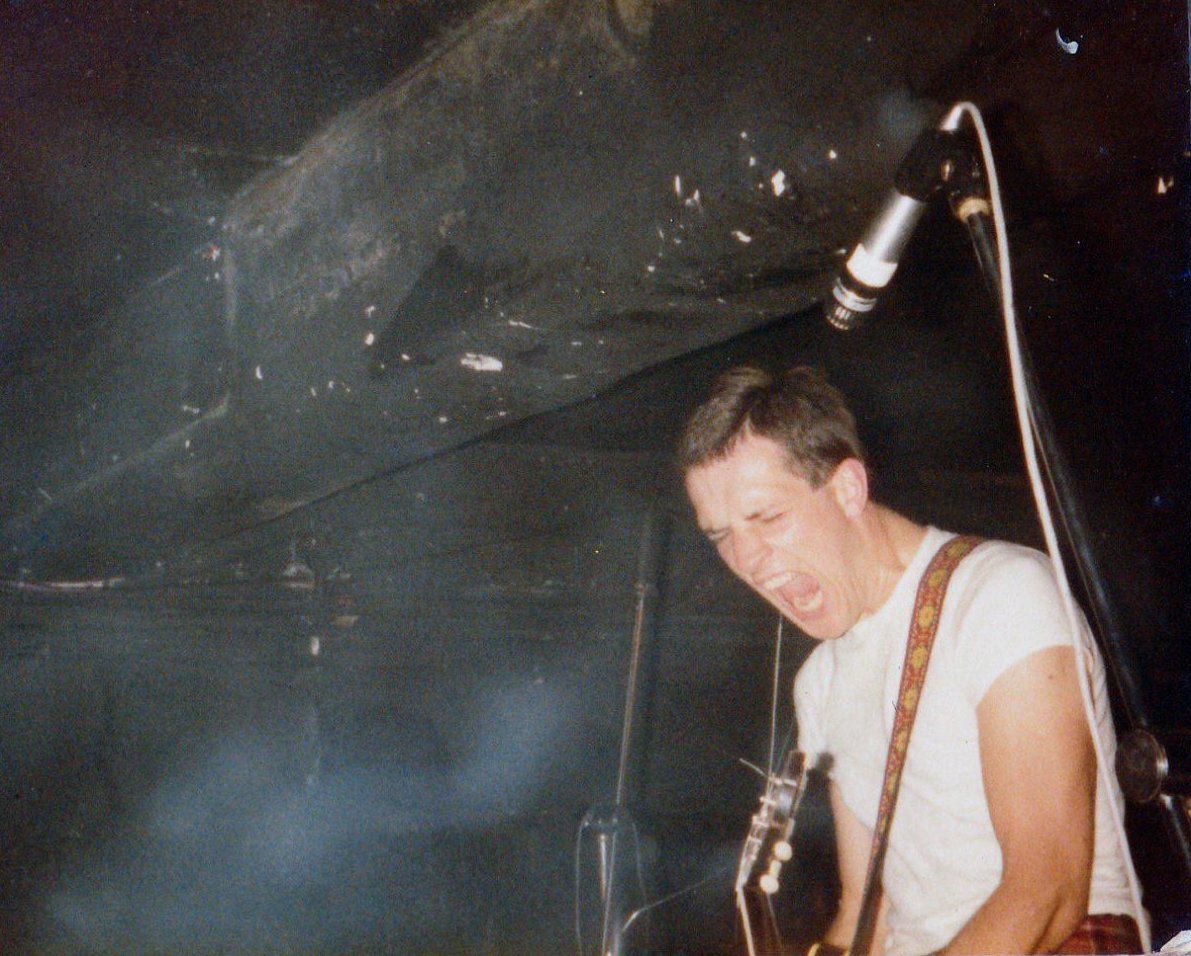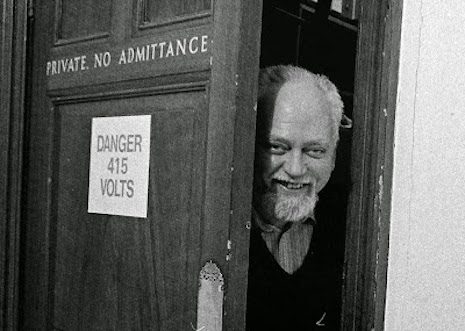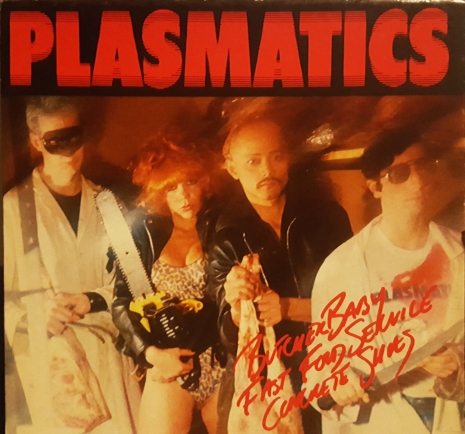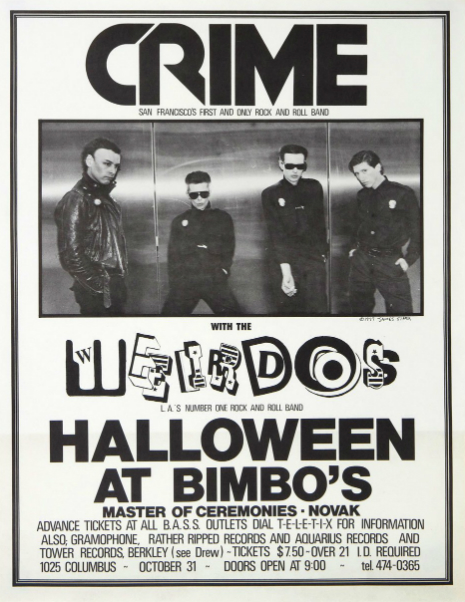
If, in 1988, someone told you that the guy who invented emocore had started a band with the guy who invented straight edge, you could probably be forgiven for imagining that might be kind of cringey, but that band, Fugazi, were not just good, not even merely great, but transformatively, epochally amazing. Their anti-corporate ethos and their famous insistence on $5 covers for live shows often tended to overshadow their music, and that’s saying a lot, because post-hardcore masterpieces like In on the Kill Taker, Red Medicine, and their swan song so far The Argument are fucking hard albums to overshadow. Over the course of the ‘90s, they matured from a way-better-than-average hardcore band into a thoughtful, innovative, and insightful independent rock standard-bearer.
And I doubt it would be controversial to point out that they may well have ended up just another okay hardcore band if not for the brilliance of their rhythm section.
Brendan Canty’s drumming was effortlessly propulsive, but always bottomlessly inventive—even in his earliest days in Rites of Spring, he saw farther than most, resisting the simplistic polka beats that punctuate many of hardcore’s least inspired moments. Bassist Joe Lally favored wonderfully molten, dubby grooves that, intentionally or not, served as a conspicuous antithesis to standard-issue hardcore bass playing, and even if all he’d ever done was “Waiting Room,” he’d still be an underground immortal. A rhythm section like that is a foundation for growth, and accordingly, Fugazi’s first two EPs draw one of the clearest lines in the sand between hardcore’s past and post-hardcore’s future, just as Wire’s Pink Flag served as the bellwether for post-punk.
So imagine if you could just call up that storied rhythm section and get them to play on your album?
D.C. area guitarist and totally lucky bastard Anthony Pirog was able to do exactly that, and the resulting trio is called The Messthetics. Pirog is a versatile player, as comfortable in a free jazz improv milieu as he is playing roots rock or noise. His C.V. is pretty staggering, to the point that it’s frankly kind of amazing he isn’t better-known. His compositions on The Messthetics forthcoming self-titled debut LP are a kinetic tempest of noise, jazz, prog, dub and punk influences. The album is out later this month, and you can hear a couple of pre-release tracks below, including “Quantum Path,” which is making its debut here on DM today. But first, we talked to Joe Lally about how the new band came together, and his impressions of their new music.

Dangerous Minds: How long has Messthetics been a thing? The last band I recall you doing other than Fugazi was The Black Sea, and that was a WHILE ago.
Joe Lally: That was a really long time ago, yeah. I never even played out with them, and I think they changed their name when the record came out. I’d just had my daughter, and Fugazi wasn’t doing much, and Shelby [Cinca, gtr/vox: Frodus, The Black Sea, Decahedron] was just coming over and playing, and my daughter, who was just a baby then, would watch us play. It was just a project. Then I put out three solo records sometime after that, starting in 2006, I want to say? I guess the last one was 2011.
So I was living in Italy from 2007 ’til 2015, when we came back here. That’s kind of where this story begins, I moved back here, and I hadn’t really been playing for a while. My solo stuff wasn’t really entering a phase that I’d wanted it to, I’d had some instrumental stuff I’d worked on in Italy, but I didn’t really want to put lyrics to it, and I wasn’t that focused on it. It really didn’t matter. I moved back here, and I had songs to play, so that was a reason to get together with Brendan and play. He had done a show with Anthony, so when he was going to get together with me, he told me he had a guitar player who could get together with us, so I said “great!” Once we got together and played, I was like why would we play MY songs when this guy can play that way? My songs were supposed to be quieter, and it was turning into such a totally different thing—which was nice, I was ready to do something new and do something as a group, but none of that was really on the table at the time. It didn’t really go beyond that practice.
Later, Anthony contacted us and said he wanted to make a record and he was looking for a rhythm section. Brendan and I were TOTALLY in, and I think it was the fall of 2016. The first show we played was May of 2017. But those guys both have projects—Brendan’s always leaving town to go play live film-scoring—but we managed to do a show in May, and Ian [MacKaye, vox: Minor Threat, Pailhead, Fugazi; founder/honcho: Dischord Records] was at the show, and he said our stuff would be great for a Dischord release. So then, whatever Anthony had in mind about who would releasing it, once he knew that Ian was happy with it the way it was, he knew he could keep doing what he wanted. We were recording the music where we practice, over the summer, we got it finished by September/October.
DM: So on the new album it’s Anthony’s compositions, none of the stuff you were working on?
JL: No, it wouldn’t be, because the idea was Anthony was making an album. It wasn’t meant to be a band at first, as far as I knew it was going to be an Anthony Pirog solo record that we played on. We gave him the time, we were very relaxed about him taking the time he needed to write, so he appreciated that, and I think he took a longer time than he might have if he’d used a rhythm section he had to pay. So were were just happy to be playing with him, and we let the songs take shape, and over that time, we started to really become a band, and Anthony started to look at it as a band. I’d had music—we played a show in August, and it was going to be a longer set than we were used to at the time, so I kind of threw in some of my instrumental ideas at that show, but even at that time, we were already set on what the album was going to be. So anything we did like that is going towards the second record.
DM: How have older fans responded? With two members from Fugazi, I’m sure there must be sky-high expectations.
JL: I guess so. I kind of throw all that aside when I do my own music. I am from that band, so people are going to expect some stuff but I have to do my thing and not really pay too much attention to that. If people like it, great. If they don’t, well, it’s definitely not Fugazi so I can see why. Brendan and I are who we are and we play the way we play, and we definitely brought ourselves into what Anthony was writing, and we retain our musical personalities with this music. But it is obviously something different, and it’s been so long since 2002 when Fugazi last played, there are people who come to see us now who were children then!
More after the jump…
